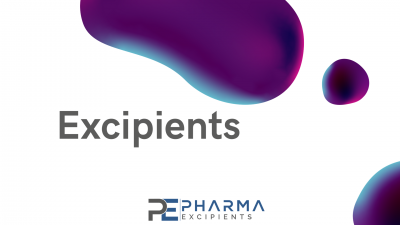Strategies for High Concentration Drug Substance Manufacturing to Facilitate Subcutaneous Administration: A Review

In order to achieve the high protein concentrations required for subcutaneous administration of biologic therapeutics, numerous manufacturing process challenges are often encountered. From an operational perspective, high protein concentrations result in highly viscous solutions, which can cause pressure increases during ultrafiltration. This can also lead to low flux during ultrafiltration and sterile filtration, resulting in long processing times. In addition, there is a greater risk of product loss from the hold‐up volumes during filtration operations. From a formulation perspective, higher protein concentrations present the risk of higher aggregation rates as the closer proximity of the constituent species results in stronger attractive intermolecular interactions and higher frequency of self‐association events.
There are also challenges in achieving pH and excipient concentration targets in the ultrafiltration/diafiltration (UF/DF) step due to volume exclusion and Donnan equilibrium effects, which are exacerbated at higher protein concentrations. This paper highlights strategies to address these challenges, including the use of viscosity‐lowering excipients, appropriate selection of UF/DF cassettes with modified membranes and/or improved flow channel design, and increased understanding of pH and excipient behavior during UF/DF. Additional considerations for high concentration drug substance manufacturing such as appearance attributes, stability, and freezing and handling are also discussed. These strategies can be employed to overcome the manufacturing process challenges and streamline process development efforts for high concentration drug substance manufacturing. Continue on Strategies for High Concentration Drug Substance Manufacturing to Facilitate Subcutaneous Administration
Melissa Holstein, Jessica Hung, Hasin Feroz, Swarnim Ranjan, Cheng Du, Sanchayita Ghose, Zheng Jian Li
Biotechnology & Bioengineering, 20 July 2020
https://doi.org/10.1002/bit.27510

